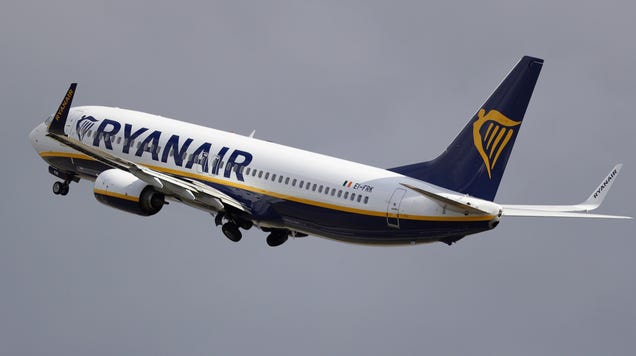Since Russia’s invasion of Ukraine in 2022, a Faraday curtain descended across European airspace from the Baltic Sea in the north to the Black Sea in the south. Over 46,000 planes have reported GPS issues while flying over the Baltic since last August, according to the Guardian. While aviation officials don’t believe Russia is purposely targeting foreign civilian aircraft, the interference still poses a safety risk. It’s been a decade since Malaysia Airlines Flight 17 was shot down over eastern Ukraine by Russian separatists.
Newsweek reports that a recent uptick in GPS interference is due to more jammers being placed in Kaliningrad, a Russian exclave on the Baltic coast. The region hosted a vital Russian naval base and borders Poland and Lithuania. GPS jamming comes in various flavors, all potentially dangerous. An aircraft’s GPS could be spoofed to mislead the flight crew into believing they are somewhere else, at a different altitude or even flying at a different speed.
Glenn Bradley, the head of flight operations at Britain’s Civil Air Authority, told the Guardian, “GPS jamming does not directly impact the navigation of an aircraft, and while it is a known issue, this does not mean an aircraft has been jammed deliberately.” Commercial planes also have redundancies. Pilots have multiple systems at their disposal to determine the plane’s location other than GPS.
However, the underlying fear of crossing into Russian airspace should be noted. Nearly 300 people were killed in 2014 when Malaysia Airlines Flight 17 was shot down while flying at an altitude of 6.2 miles over Ukraine. Airlines have taken greater precautions to divert around conflict zones since, but GPS interference could have flights closer to danger than necessary.
For the latest news, Facebook, Twitter and Instagram.
